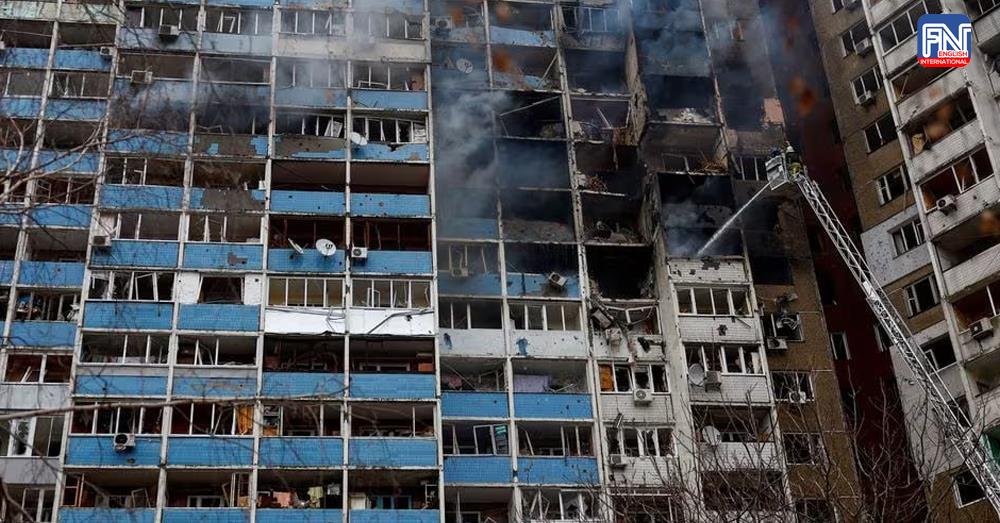KYIV, Feb 12 (Reuters) - A preliminary analysis concluded that Russia hit Kyiv last week with the hypersonic Zircon missile, its first use in the nearly two-year-old war, the head of a Kyiv research institute said on Monday, presenting a new challenge to Ukraine's air defences.
Oleksandr Ruvin, director of the Kyiv Scientific-Research Institute for Forensic Examinations, said on his Telegram channel that his institute completed a preliminary analysis of missile fragments from a Russian attack on Feb. 7.
He included a video of alleged missile wreckage showing specific markings. "In this case, we see elements that are characteristic of the 3M22 Zircon missile. Parts and fragments of the engine and steering mechanisms have specific markings," he wrote.
The Russian defence ministry did not immediately reply to a request for comment.
The Zircon has a range of 1,000 km (625 miles) and travels at nine times the speed of sound, according to Russia. Military analysts have said its hypersonic speed could mean greatly reduced reaction time for air defences and a capability to attack large, deep and hardened targets.
Russia previously said it completed testing of the Zircon missile in June 2022, and Russian President Vladimir Putin has described the Zircon as part of a new generation of unrivalled arms systems.
If its use in Ukraine is confirmed, the weapon could pose an additional challenge for the embattled country's air defences, amid uncertainty over future Western military aid.
Russia conducts regular air strikes on Ukraine using an array of different long-range missiles and drones. The Zircon was initially designed as a sea-launched weapon and a ground-launched version was developed later.
Ruvin's statement did not say whether the weapon had been fired from land or from sea. The markings recovered from the wreckage indicated the weapon had been assembled recently, he said.
The Feb. 7 attack killed at least five people and damaged residential buildings and energy infrastructure, officials said.


